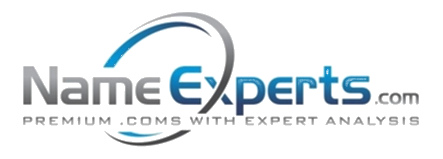- Domain investors in China
- Western Premiums
- .com global domain appeal
For those of you that follow the domain investor market, specifically in China, you can see all types of newly minted investors looking for the next great domain name investment. Most Chinese investors are focused on the domain names that have relevance inside of mainland China. The most popular investments in China are the short acronym domain, or simple numeric domain names as they translate to meaning to the Chinese culture. Some examples include the following:
15.com (NN.com)
123.com (NNN.com)
TR.com (LL.com)
TYPL.com (LLLL.com)
6N.com (LN.com)
N6.com (NL.com
Western Premiums:
Most Chinese investors will tell you they tend to shy away from the Western-type domain names as they don’t have meaning in mainland China. Names that contact vowels, and the letter “v”. Are they limiting their long-term growth potential? Some would say it’s a safer investment. We tend to disagree, and here’s why…
As domain investments continue to increase in China, we are seeing the investor branching out into some of the new GTLD extensions as alternative investments including; .club, .top, .wang. They are acquiring these names for much lower costs than the typical .com investment. Is that a solid investment? We say NO…
The Chinese investor is savvy, but they are limiting their investment opportunity. In most instances, domain investors in China are only focused on these types of names because they create liquidity and are very attractive to the Chinese on a quick-flip model.
Additionally, the Chinese investor should look at the plethora of available .com domain name inventory on the aftermarket. Tons of fantastic domain inventory is readily available. Short, generic and easy to spell English words that are SOLID investments.
The saturation of the Internet continues to precipitously grow year-over-year, currently, 52.2 percent of the Chinese population is online. Case in point, you can do the math and see the longer-term opportunity.
Should you limit yourself as an investor? With the .com market stronger than ever with fantastic acquisition opportunities and names that ultimately have that global appeal and market reach.
Domain investors in China will start to acquire the short, generic .com domains as trillions of dollars are available for private Chinese investors. George Kirikos had a fantastic post in twitter, referencing 12,000 startups that are being created every day in China.
The domain investor continues to evolve and grow. Investors should look at the longer-term investment opportunity and acquire names that are globally acceptable and not limited to mainland China only.



